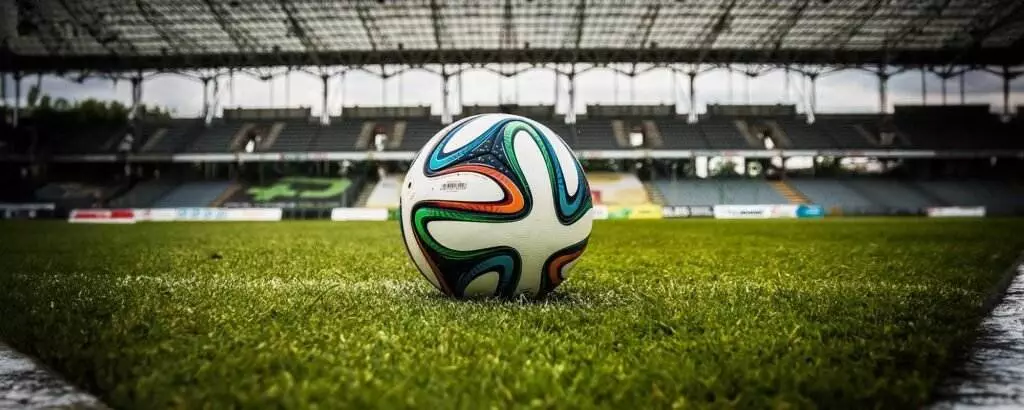Today, let’s explore something that’s at the heart of every game we love and play – the soccer ball. Have you ever wondered how a soccer ball is made and what goes into crafting this essential piece of equipment? And what about those panels – how many are there on a traditional soccer ball? Let’s dive into the fascinating world of soccer ball production.
The Evolution of the Soccer Ball
Before we delve into the manufacturing process, it’s interesting to note how soccer balls have evolved. Initially, soccer balls were made from inflated animal bladders, particularly pig’s bladders, encased in leather. It wasn’t until the 20th century that the design evolved into the more durable and spherical balls we see today.
The Traditional Soccer Ball
The traditional soccer ball, known as the “32-panel” ball, has been the standard for decades. This design consists of 20 hexagonal and 12 pentagonal panels stitched together, creating a shape that’s close to a perfect sphere. This pattern became popular after the 1966 World Cup and has been widely used in professional games and tournaments worldwide.
The Making of a Soccer Ball
- Material Selection: Modern soccer balls are typically made from synthetic materials, like polyurethane or PVC, chosen for their durability and weather resistance. The material choice often depends on the ball’s intended use – professional match balls, training balls, and recreational balls may be made from different materials.
- Panel Cutting and Shaping: The selected material is cut into panels using precision cutting tools. The panels are then machine- or hand-stitched together. The stitching pattern is crucial as it affects the ball’s aerodynamics and overall performance.
- Lining and Bladder Insertion: Inside the outer cover, the ball has a lining of polyester or cotton layers to provide strength and structure. The bladder, which is the inner part of the ball that holds air, is then inserted. The bladder is typically made from latex or butyl. Latex bladders offer better surface tension, while butyl bladders retain air more effectively.
- Final Assembly and Quality Check: After the bladder is inserted, the ball is stitched shut. The final product undergoes rigorous quality checks to ensure it meets the size, weight, and bounce standards set by governing bodies like FIFA.
Innovations and Variations
While the 32-panel ball is traditional, there have been various innovations in soccer ball design. For instance, the Adidas Telstar used in the 2018 World Cup had just six panels. These design changes aim to improve the ball’s flight, control, and stability.
The Ball’s Impact on Play
The design and quality of a soccer ball significantly impact the game. Factors like the number of panels, the material used, and the stitching technique can influence how the ball moves through the air, how it feels to the players, and even how it reacts upon impact with the foot or head.
The Role of the Soccer Ball at Cochrane Wolves FC
At Cochrane Wolves FC, we understand the importance of using quality soccer balls for both practice and play. The right ball not only enhances the game experience but also aids in the skill development of our players. We ensure our young athletes play with balls that meet the standards and suit their level of play.
Conclusion: More Than Just a Sphere
In conclusion, the soccer ball, a simple spherical object at first glance, is the product of intricate design and engineering. From the traditional 32-panel construction to modern innovations, the evolution of the soccer ball reflects the sport’s dynamic nature. Next time you kick a soccer ball, remember you’re engaging with a product of history, craftsmanship, and technological advancement – all essential elements that make soccer the beautiful game it is.





